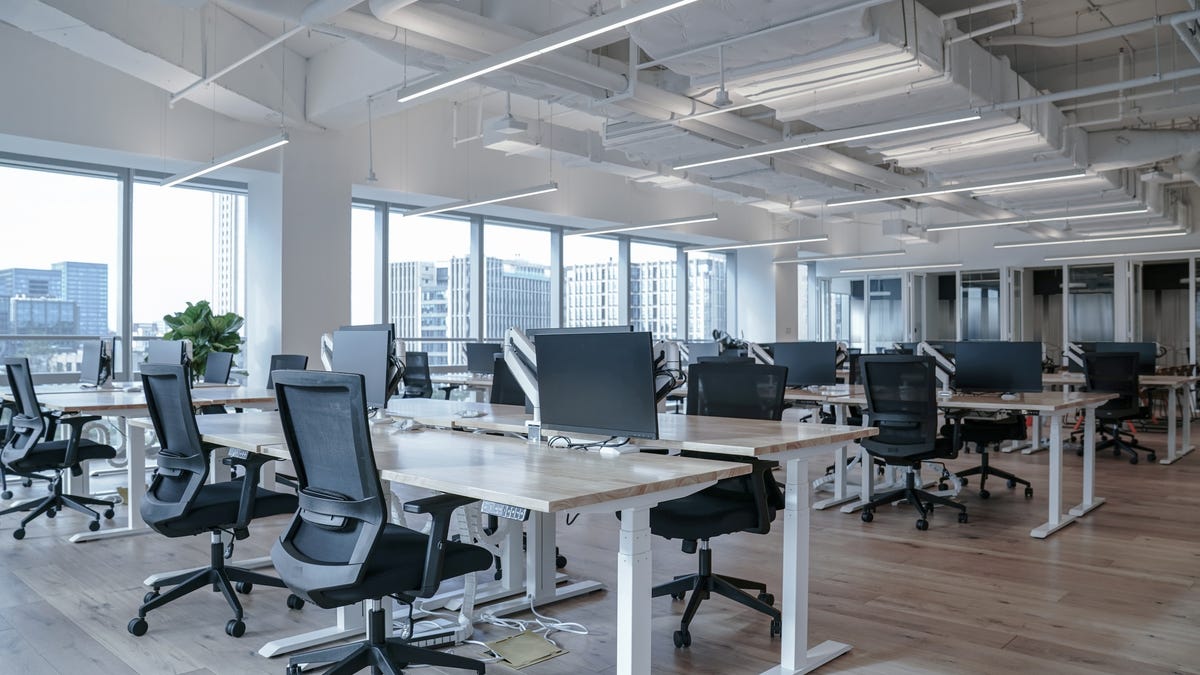
It is no secret that the US commercial property industry suffers.
And its downturn could lead to bankruptcy for up to 385 U.S. banks, most of them smaller, regional banks, according to a new report by the National Bureau of Economic Research (NBER). That’s because more investors are expected to default on their commercial real estate loans, thanks to continued high interest rates and falling property values. Those defaults could cause uninsured depositors to run on the banks — as they did Silicon Valley Bank in March.
Delve into the details
Rising default rates on commercial real estate loans
The new normal of hybrid work hit the commercial property sector particularly hard. Demand for office space keep tumblingand vacancy rates reaching approximately 20% in the third quarter. American commercial real estate values have dropped by about 20% between early 2022 and late 2023, and they are likely to drop another 5% to 15% next year, according to global real estate firm CBRE.
High interest rates mean commercial real estate companies will have a hard time refinancing loans, about 40% of which will reach maturity between 2023 and 2025, the NBER study reports. Lower property values, increased interest rates and falling office demand could lead to more investors defaulting on their commercial real estate (CRE) loans in the next few years.
“If interest rates remain elevated and property values do not recover, default rates on CRE loans could reach levels comparable to or surpass those of the Great Recession,” one of the study’s authors, Tomasz Piskorski, told Quartz.
The report (pdf) estimates that investors can default on between 10% and 20% of CRE loans, which make up about a quarter of all assets held by the average US bank.
Trouble for US banks
For uninsured depositors, this could trigger a run on the banks. Because higher interest rates have reduced the value of banks’ assets, they do not have as much capital to repay their debts. As a result, more banks may go bankrupt.
While the report doesn’t include a time element, “once the system becomes unstable (like in March 2023), things can happen pretty quickly,” Piskorski told Quartz.
The hardest hit banks will be smaller regional players, the report said, which could have a broader economic impact.
“Since the local banking institutions play an important role in lending to local businesses, their distress could lead to a credit crunch with adverse effects on the real economy,” the NBER study’s authors wrote.





